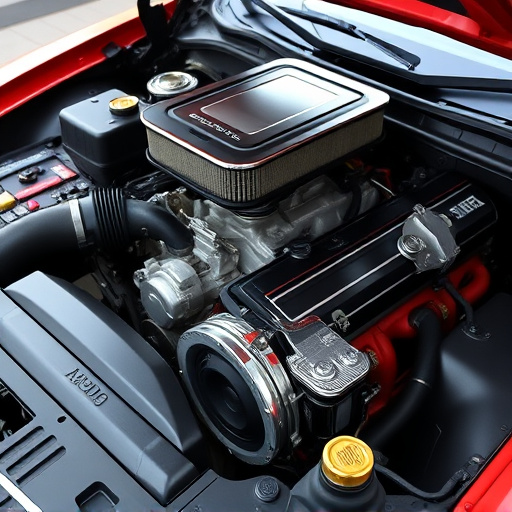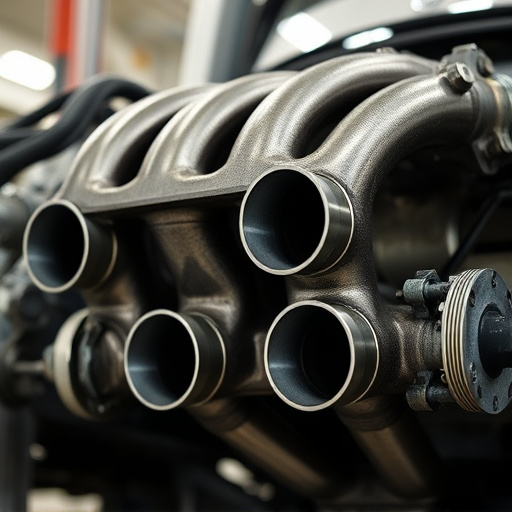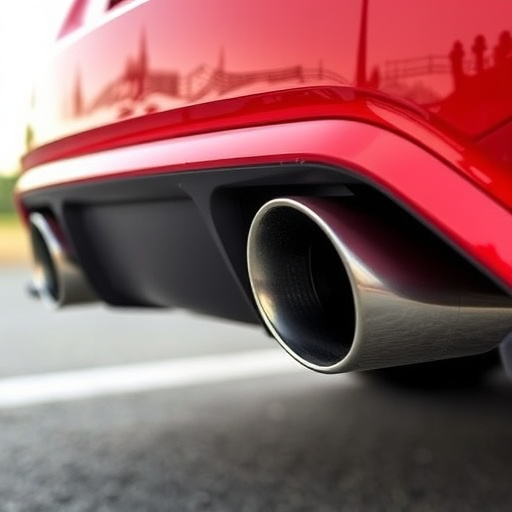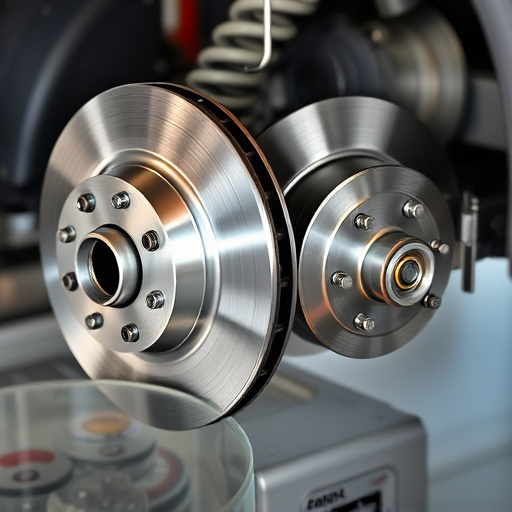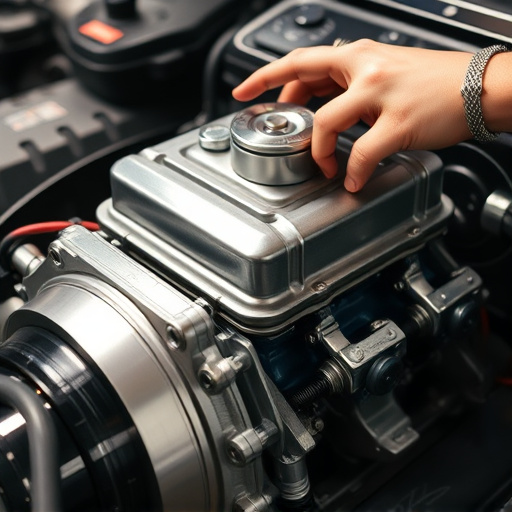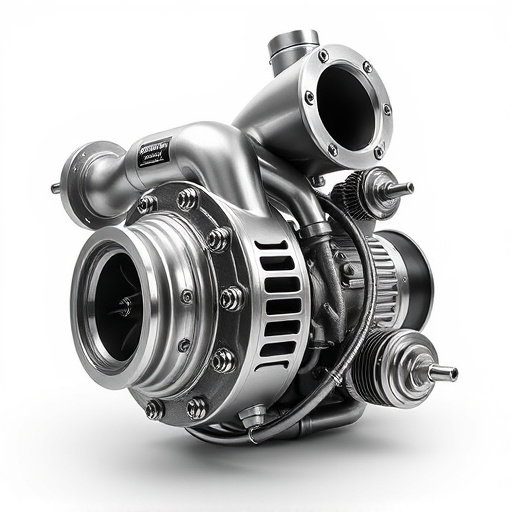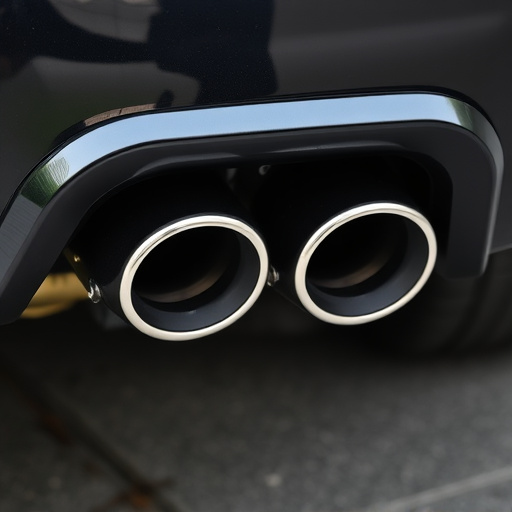A turbocharger system boosts engine performance by compressing air for higher combustion rates, yielding increased horsepower and torque while maintaining fuel efficiency. Its core components include a compressor and turbine, with upgrades like high-flow air filters enhancing its capabilities. Integrating into an existing vehicle requires precise ECU tuning to map turbine and compressor speeds for optimal boost delivery. Manufacturers employ advanced technologies to ensure seamless synchronization with stock systems, delivering improved performance without compromising reliability or the driving experience.
Discover the power of a turbocharger system that perfectly matches your stock engine management. This advanced technology boosts performance, enhances fuel efficiency, and delivers a smoother driving experience. In this article, we’ll explore the fundamentals of turbocharger systems, their benefits, and the crucial task of aligning them with your engine’s management for optimal results. Learn about integration challenges and discover solutions for seamless operation.
- Understanding Turbocharger Systems: Basics and Benefits
- Matching Engine Management: Ensuring Optimal Performance
- Integration Challenges and Solutions for Seamless Operation
Understanding Turbocharger Systems: Basics and Benefits

A turbocharger system is a powerful tool that enhances an engine’s performance by forcing more air into it. This process increases the combustion rate, leading to higher horsepower and torque outputs. At its core, a turbocharger comprises two main components: a compressor and a turbine. The compressor draws in ambient air, compresses it, and forces this pressurized air into the engine’s intake system. The turbine, powered by exhaust gases, spins the compressor, creating a continuous cycle that boosts power efficiently.
One of the significant advantages of a turbocharger system is its ability to match or even surpass the performance of stock engines while maintaining excellent fuel efficiency. Unlike superchargers, turbos are less intrusive and can be more easily integrated into existing engine management systems. Furthermore, with the right tuning, a turbocharged engine can offer improved throttle response, better overall power delivery, and enhanced drivability, making it an appealing choice for both daily drivers and performance enthusiasts. Upgrades such as high-flow air filter kits, performance exhaust systems, and robust performance brakes can further optimize the turbocharger’s capabilities.
Matching Engine Management: Ensuring Optimal Performance

When integrating a turbocharger system into an existing vehicle, matching engine management is paramount to achieving optimal performance. This involves fine-tuning various parameters within the engine’s control unit (ECU) to account for the increased airflow and compression ratios associated with forced induction. Careful calibration ensures the engine receives the perfect mix of fuel and air, maximizing power output while maintaining efficiency.
A crucial aspect of this process is calibrating the ECU to recognize and adjust to the specific characteristics of the turbocharger. This includes mapping the turbine and compressor speeds, ensuring efficient boost build-up, and optimizing the timing of fuel injection. Additionally, high-flow performance air filters and upgraded muffler tips can complement the turbocharger system by enhancing airflow and reducing backpressure, further contributing to overall engine performance.
Integration Challenges and Solutions for Seamless Operation

When integrating a turbocharger system into a vehicle designed for stock engine management, several challenges emerge. These include compatibility issues with existing suspension components and the need to harmonize performance across various systems like intake components and brake rotors. The key to seamless operation lies in meticulous engineering and precise tuning.
Manufacturers address these challenges by employing advanced technologies that ensure the turbocharger system operates in sync with the vehicle’s stock management system. This involves careful calibration of sensors, optimized control algorithms, and comprehensive testing under various driving conditions. The goal is to provide enhanced performance without compromising reliability or safety, ensuring a smooth transition that enhances the overall driving experience.
A well-calibrated turbocharger system that matches stock engine management is the key to unlocking a vehicle’s full performance potential. By seamlessly integrating these components, drivers can enjoy enhanced power and efficiency without sacrificing reliability. Understanding both the fundamentals of turbocharger systems and the nuances of engine management is essential for achieving optimal results. Through careful consideration and innovative solutions, modern vehicles can deliver a dynamic driving experience that meets the expectations of even the most discerning folks.





